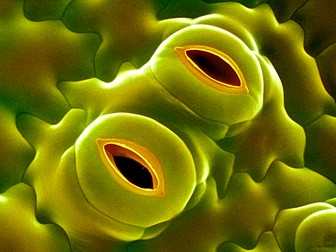Parallelogram of Forces Introduction
Very simple intro to calculating resultant forces using parallelogram (scale drawing) method.
I only created the ppt., other resources have been put together by others in my department and online.
AQA AS Physics Spec
